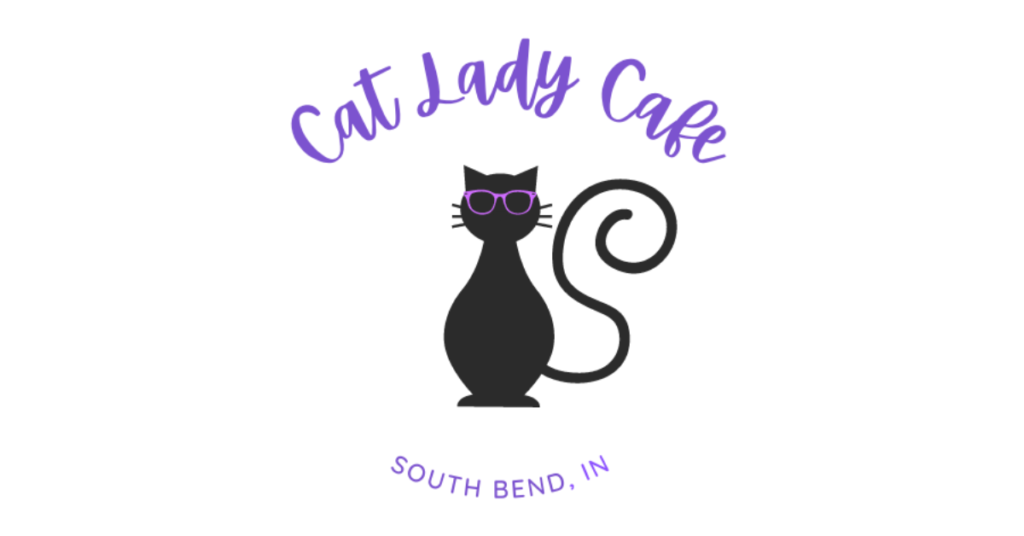While some worry, scurry or otherwise run away during a recession, Pearl Mort views it as high tide.
“Anytime there’s a recession, we do best because the price of land goes down, the prices for houses go down. We can buy more houses for rent. At these times, prices go down. This is a bad economic downturn, so investors who don’t need their building need to move them on and we can get a better deal,” says the 62-year-old Mort, owner of PJ Mort Woodworking, a general contractor based in Monterey, in Pulaski County.
Since 1976, Mort’s been rehabbing and restoring old buildings for new uses while making them more energy efficient or “green.” With the economy pushing some building owners to rehab rather than build new structures, Mort’s company and others in Northwest Indiana have been busy.
Mort’s latest projects are in Michigan City, where he is rehabbing a building that’s close to the hearts of many in the city. The Canterbury Theatre originally started as a church, with the parsonage dating back to 1867, Mort says.
“In was built by the Lutherans from Germany. It was operated as a church probably until the early 1960s. Then it was converted in 1969 into a theater. There was also a restaurant here,” Mort says. “There was a short period of time when it was used as a resale store.”
But because upkeep of the building proved too much for the owners, it was abandoned, he says. “The maintenance became too high. It became too costly to heat and cool,” Mort says, adding that it has been empty and unused for the past 15 years.
Once work is complete, theater performances will once again return. Mort will use the buildings—the parsonage at 903 Franklin St. and the theater at 907 Franklin St.—as The Pearl, Theater and Event Center. Events such as musical performances and weddings will be held at the combined 9,000-square-foot facilities.
“We’ve got a group of wedding planners (Virtuous Events in Hobart) that’s setting up to do receptions and weddings here. We’re also promoting all sorts of uses for this building, from dinner parties, brunches, live music. Just anything you can use a live theater for,” Mort says.
Before starting his restoration of the Canterbury Theatre, Mort fell into another opportunity to restore a Michigan City building at 624 Franklin St., built in 1922. “It’s had many uses over the years. The building used to be a place for home schooling and a grocery store. It used to be a place for boxing arena,” Mort says.
He acquired the building last March, when the original owners, who operated the home schooling service, could no longer afford upkeep on the building. ‘The building totally consumed them,” Mort says, citing an all-too-familiar tale.
The building now houses lofts on its second floor, along with 4,000 square feet of retail space on the first floor. A portion of the building is used as Mort’s Free Artisans Gallery.
By rehabbing these buildings, Mort hopes to help transform the North End, as the area of the city is known, into a hub of art galleries, performing arts, quaint restaurant and shops.
For Mort, deciding to rehab a structure all comes down to price and how to generate revenue. By being able to do the work himself, Mort saves a lot of money, and he knows upfront if a building is worth saving.
“Jobs are much quicker to do and much easier to do by ourselves rather than working for someone else. We come in and we know all the costs before we start. We know what we can do with the buildings,” Mort says. “We can see the end results.”
But as Mort acquires and rehabs the properties, he’s also helping restore the luster of Michigan City. “Michigan City is the last place along the lakeshore with great opportunity, we think,” Mort says, adding that he has his eyes on other buildings in Michigan City to rehab and turn into “green buildings.”
These conversions aren’t just good for a community, but for the overall economy. Despite an overall depressed economic outlook, the Washington, D.C.-based U.S. Green Building Council says over the next four years green building will support nearly 8 million jobs and pump $554 billion into the economy, including nearly $400 billion in wages.
According to a study conducted by the council, green construction supports more than 2 million jobs and generates $100 billion in gross domestic product and wages. The economic impact of the total green construction market this decade contributed $178 billion to U.S. gross domestic product; created or saved 2.4 million direct, indirect and induced jobs; and generated $123 billion in wages, according to the study.
The study considered the total value of green buildings. The results include workers, everyone from the architects who design green buildings to construction laborers and truck drivers.
“Our goal is for the phrase ‘green building’ to become obsolete, by making all building and retrofits green and transforming every job in our industry into a green job,” says Rick Fedrizzi, president, CEO and founding chairman of the USGBC. “This study validates the work that members of our movement do every day.”
But sometimes, rehabbing just doesn’t make sense financially, says Kevin Tobin, owner of Chicago-based Tobin Development. In deciding whether to rehab an existing facility, a number of factors come into play.
“It has to make economic sense,” says Tobin. “To the extent that you can improve the energy efficiency of a building, that has to be taken into consideration.”
Just a year ago, Tobin Development and TCB Design Build completed construction of a 574,000-square-foot distribution building in the Ameriplex at the Port business park in Portage, off Interstate 94 and Indiana 249.
Tobin says his company, which started three years ago, deals primarily with new construction projects. He says the amount of money spent on rehabbing an existing structure sometimes may not be worth it.
He tells the story of a group trying to rehab an existing industrial building on the north side of Chicago by trying to convert it into a church. “They blew right through their budget. Sometimes rehabbing costs a whole lot more,” Tobin says. “By the time you get done with an older building, bringing it up to code, making the commitment to green orientation, nine times out of 10 you’re better off just starting over.”
But in downtown urban centers, such as Michigan City, there are financial incentives for those wanting to rehabilitate an existing structure. Besides Michigan City, Crown Point has also experienced a rebirth of sorts over the years through rehab and restoration of buildings along its historic Old Courthouse Square.
IN-Cambridge Architects of Crown Point led the effort to restore the façades of several buildings on the square. Sarah Polman, one of the five principal owners of IN-Cambridge, says the slow economy has made people shy about investing in new buildings.
“Folks are still a little leery with the economy. There’s not as much new construction going on. There’s a lot of retail space available right now in Northwest Indiana. We’re finding right now that a lot of people are remodeling,” Polman says.
She says businesses can benefit from tax credits by retrofitting an existing building—credits that are not available for new construction. “Tax credits are especially helpful in this economy,” Polman says. “The credits can help in the purchase of energy-efficient equipment. There is definitely an incentive out there.”
Polman’s firm is also working on a façade restoration project in downtown Hammond. She sees it as a positive move when a community chooses to restore downtown locations.
“I think people like the feel and comfort of a downtown area. It’s nicer to walk in downtown Crown Point on the Square than walking through the parking lot of the mall. It’s more comfortable. Some of it is nostalgia,” Polman says.
Restoring or rehabbing an existing building isn’t just something Polman’s firm talks about it. It does it. “We restored our own space,” Polman says, sitting on the second floor inside the majestic Old Lake County Courthouse.
In 1989, Polman’s firm started out simply as In Architecture Planners, renovating its current office space in what use to be the county assessor’s office in the courthouse. A sign that reads “Assessor’s Office” remains on the doors.
In Architecture Planners had a long working relationship with Cambridge. So, when the two firms merged last year, it was sort of a match made in heaven. “We do design, building and construction on projects all over the country.”




